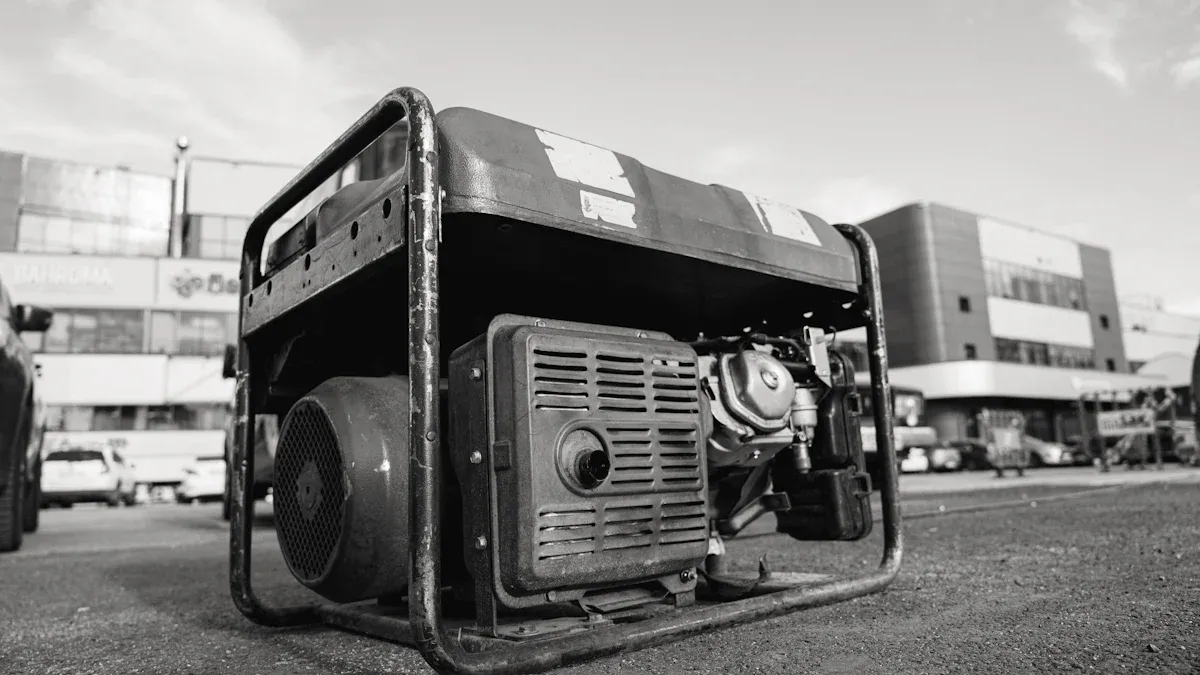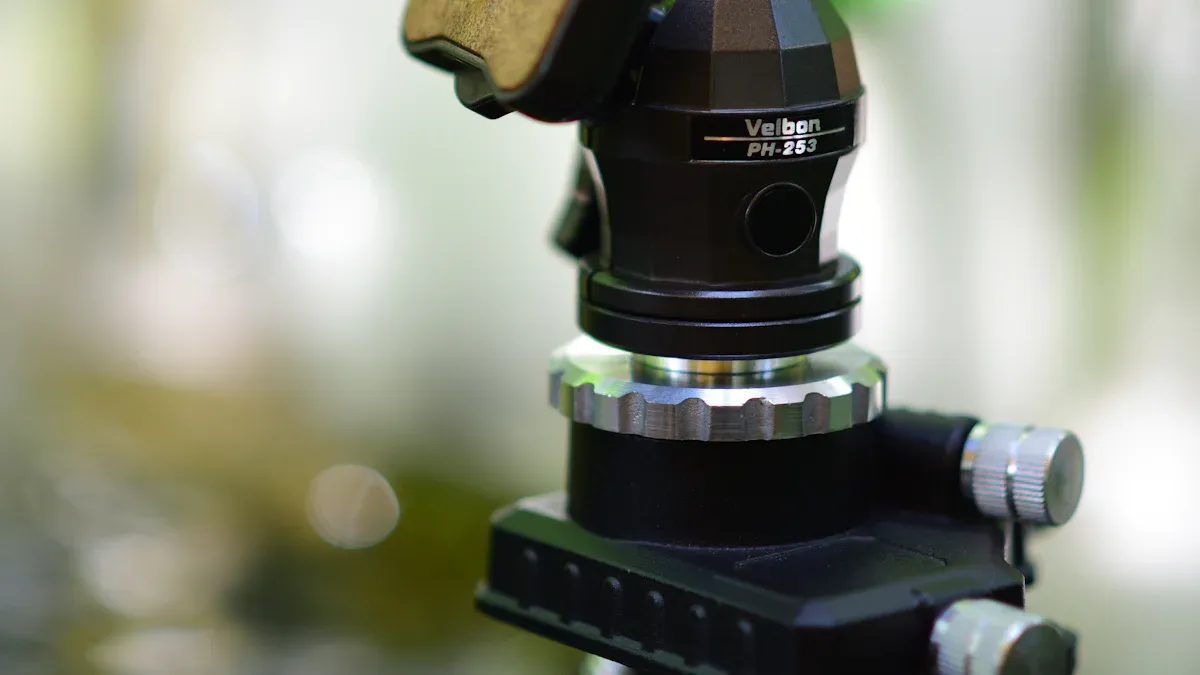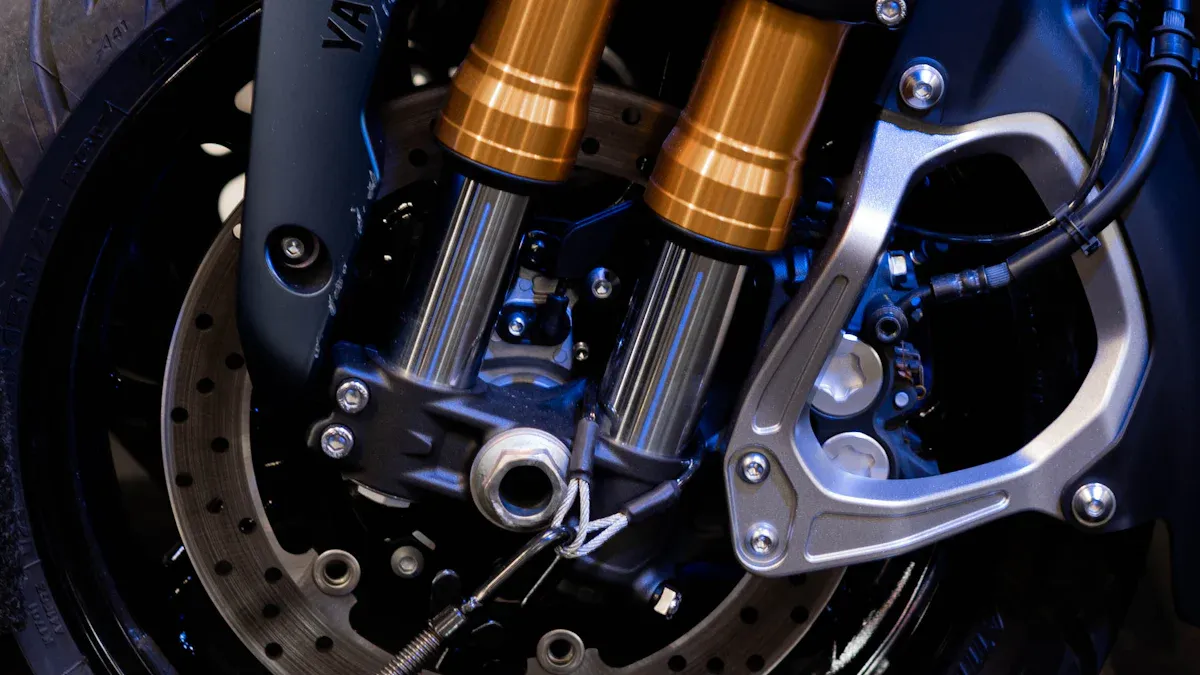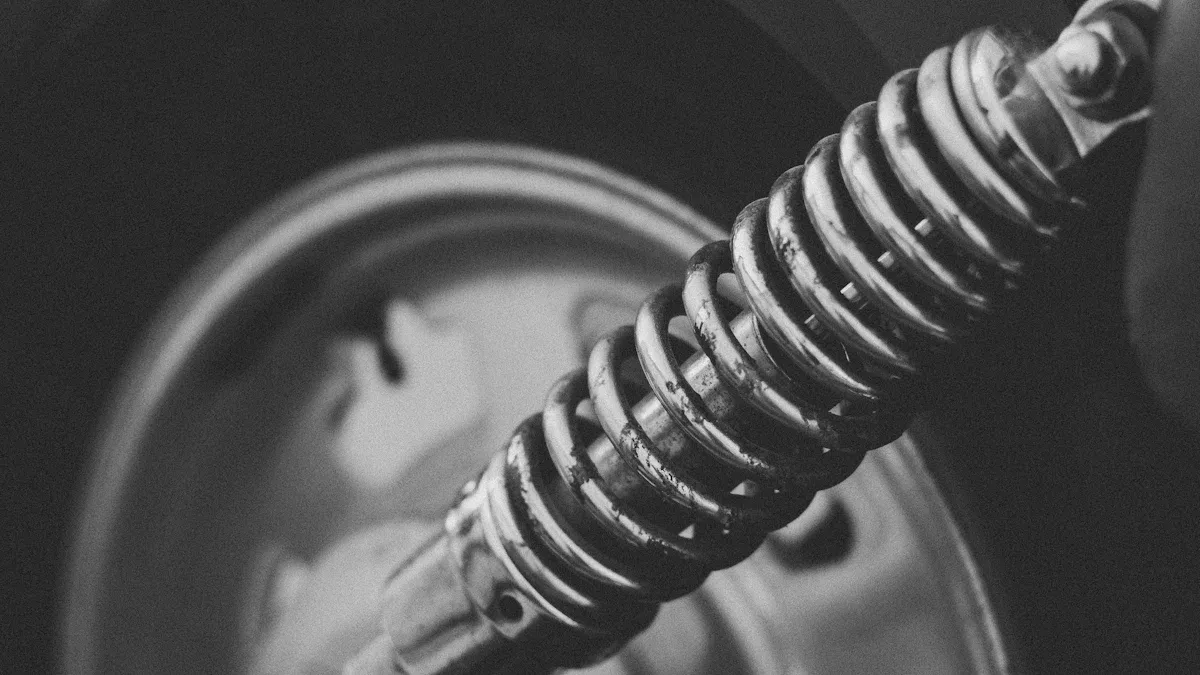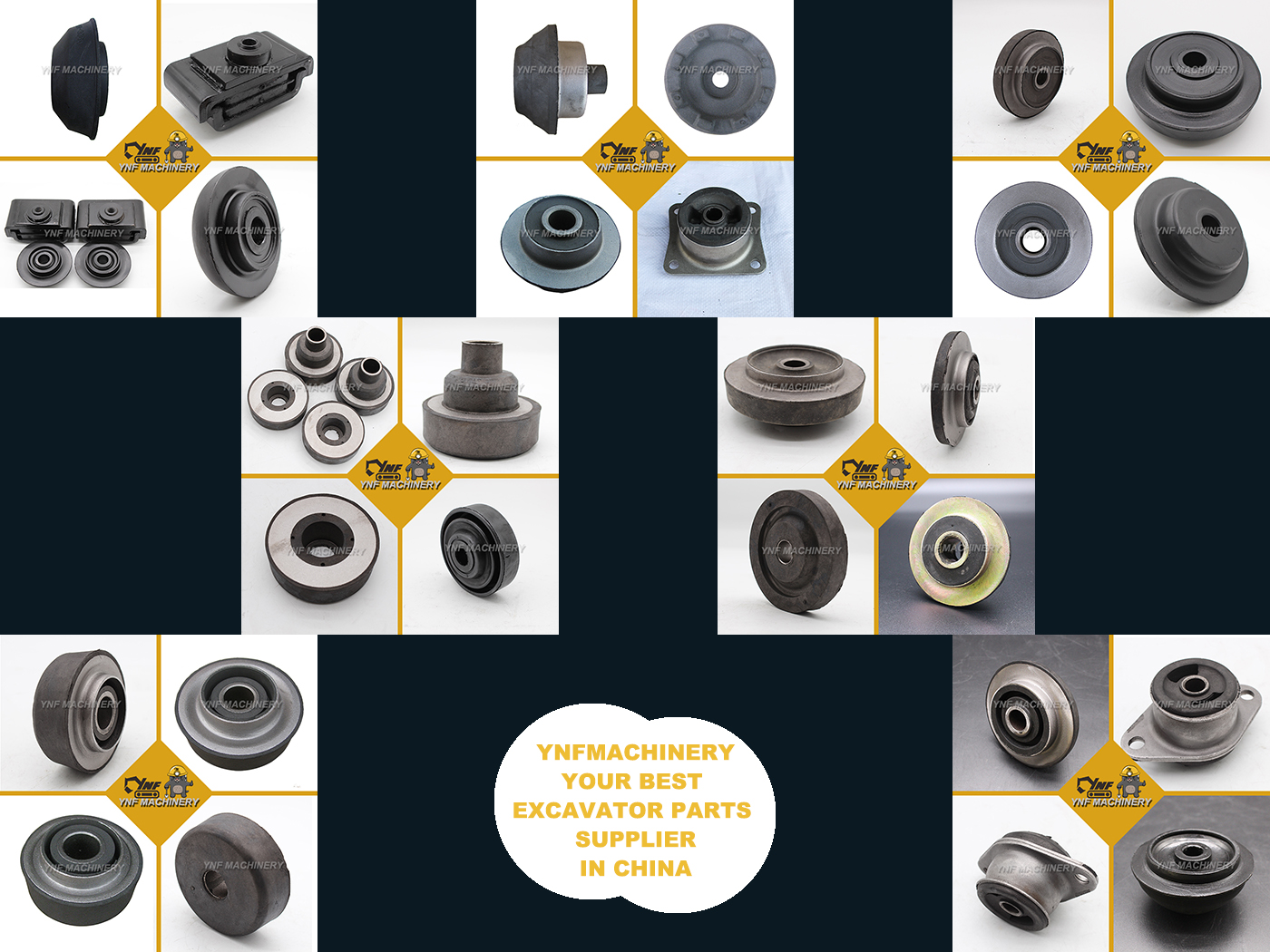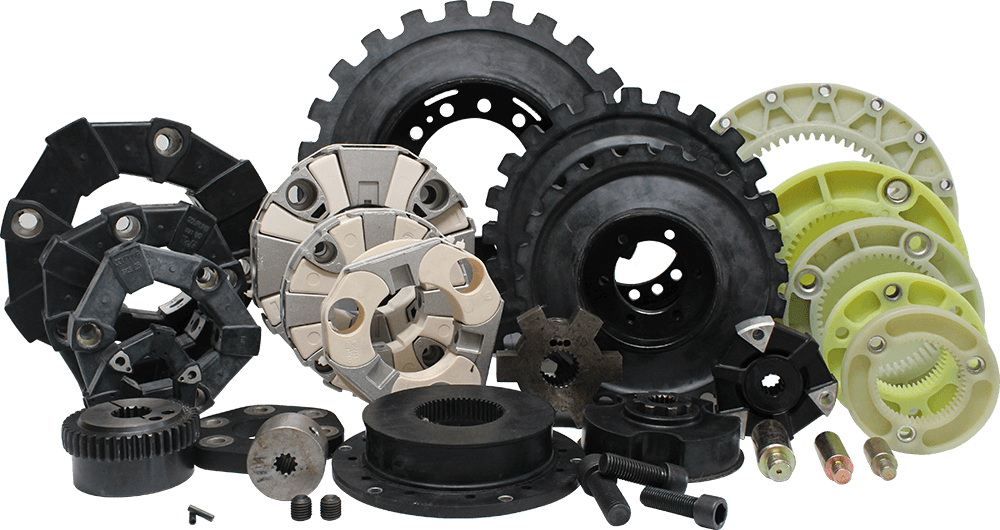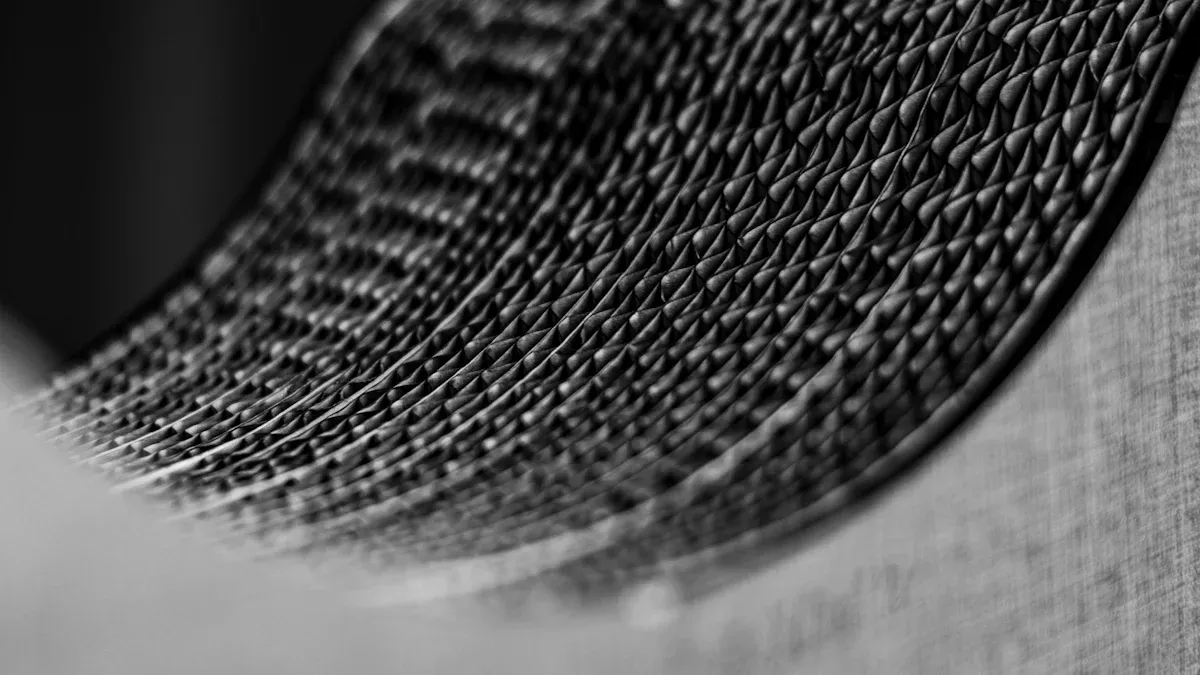
You want to learn how to pick the right anti-vibration mount for your equipment. Many people in 2025 have problems. They sometimes forget about the environment. Some do not figure out the weight right. Others pick cheap rubber vibration isolator mounts that break fast. Choosing the right mount helps your equipment work better and last longer. Use a step-by-step guide to help you choose well.
If you forget about the environment, mounts can break early.
If you do not get the weight right, mounts do not work well.
If you care more about price than quality, you may pay more later.
Key Takeaways
Check your equipment’s weight and load capacity first. This helps you pick the right rubber vibration isolator mounts. The mounts must hold your machine well.
Learn about your equipment’s vibration profile. Find out if the vibrations are static or dynamic. This helps you choose the best mount type.
Think about where your equipment will be used. Things like temperature, humidity, and chemicals can change how mounts work.
Pick the right anti-vibration mount for your equipment. Some mounts work better for certain jobs and vibration problems.
Check your mounts often and keep them in good shape. Look for cracks and make sure they are clean and working right.
Equipment Assessment
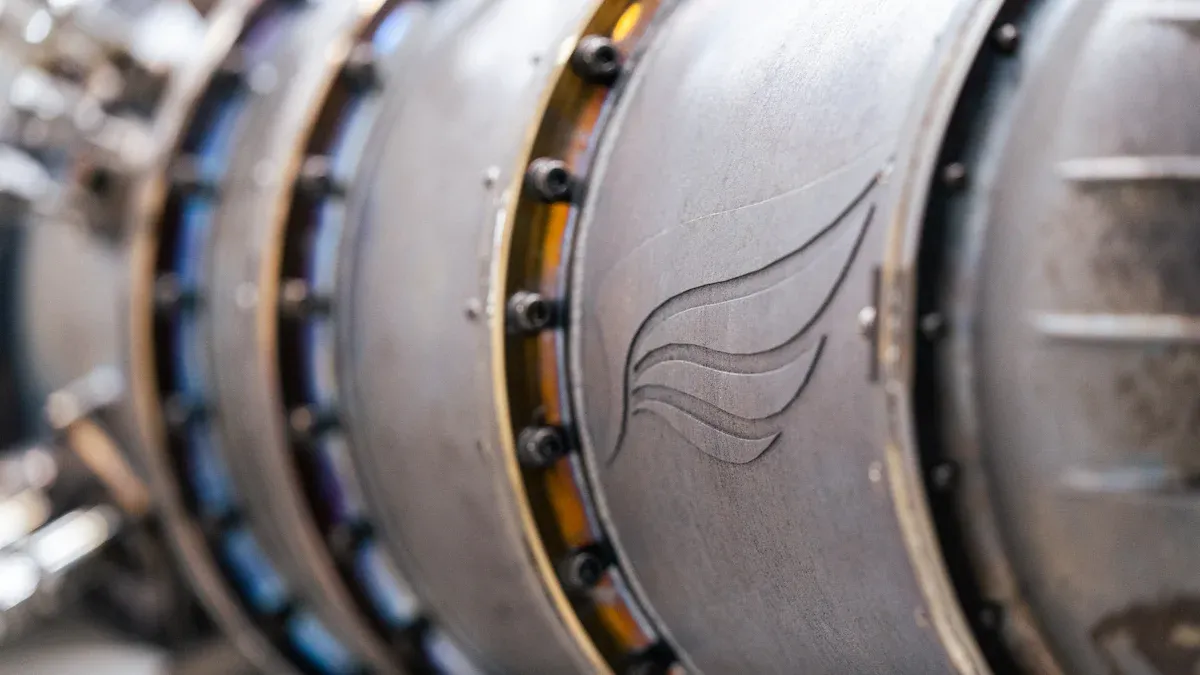
Weight and Load Capacity
First, find out how much your machine weighs. This helps you pick rubber vibration isolator mounts that can hold the weight. Write down each part’s weight and add them up. Look at the load capacity for every mount. Divide the total weight by the number of mounts you want to use. Each mount should hold its part of the weight. If you do not share the weight evenly, some mounts might get squished and stay that way. This makes them worse at stopping vibration and they will not last as long. Always make sure the mounts can handle your equipment’s weight.
Tip: Make a simple chart to keep track of weight and load for each mount. This helps you avoid mistakes and keeps your machine safe.
Vibration Profile
Next, learn about how your equipment vibrates. Vibration can be static or dynamic. Static vibration does not change over time. Dynamic vibration changes and can be harder to deal with. Both types matter when picking the right anti-vibration mount. You can measure vibration with different tools and ways. Some common ways are:
Technique | Description |
|---|---|
Discrete Fourier Transform | Looks at the different frequencies in vibration signals. |
Short Time Fourier Transform | Breaks signals into short pieces to study changing vibrations. |
Wigner-Ville Distribution | Shows both time and frequency of signal energy together. |
Envelope Analysis | Finds changes in vibration signals, which can show problems. |
Wavelet Transform | Shows both frequency and time, good for quick changes. |
Empirical Mode Decomposition | Breaks signals into smaller parts to study them better. |
Time Synchronous Averaging | Averages many cycles of vibration to lower noise. |
Filtered Based Methods | Uses filters to look at certain frequency ranges. |
Stochastic Methods | Uses math to study random vibration signals. |
Continuous Wavelet Transform | Gives a smooth look at the whole signal. |
Discrete Wavelet Transform | Studies signals at different frequency levels. |
Time-Frequency Scale Domain | Looks at signals in both time and frequency at once. |
You can also use tools like piezoelectric sensors, MEMS, proximity probes, and laser Doppler vibrometers. These tools help you see how much and how your equipment vibrates. Knowing this helps you choose rubber mounts that fit your equipment.
Operating Environment
Think about where your equipment will be used. Temperature and humidity can change how rubber vibration isolator mounts work. Hot or cold weather can make rubber hard or soft. Humidity can make rubber swell or crack. Chemicals or UV light can also hurt the mounts. When you pick an anti-vibration mount, remember these things. The right mount keeps your equipment safe and working well.
Key things to check in the environment:
Temperature range
Humidity levels
Chemical exposure
UV light
If you forget these things, your mounts might break early. Always pick mounts that fit your equipment’s environment for the best results.
Choosing the Right Anti-Vibration Mount
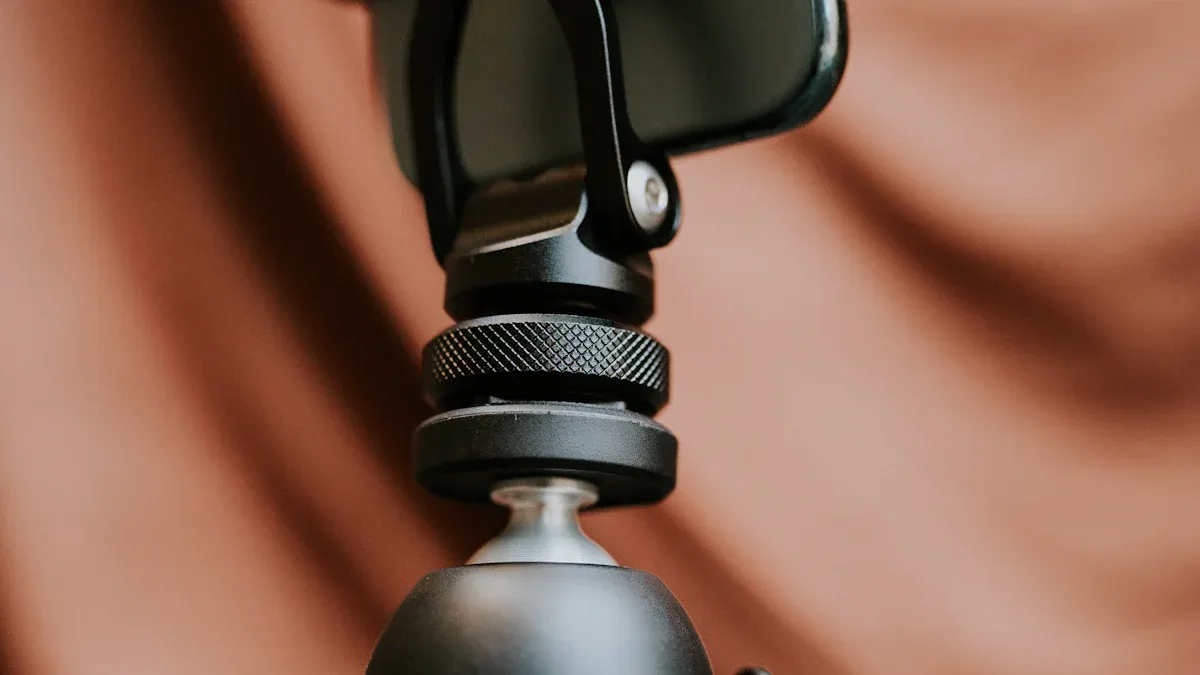
Mount Type Selection
You should look at different anti-vibration mounts before picking one. Each mount type works best for certain machines and vibration problems. The right mount depends on how your machine shakes and where you use it. Here is a table to help you compare the main types and their uses:
Type of Anti-Vibration Mount | Typical Applications |
|---|---|
Antivibration Spring Mounts | Air handling units, cooling towers, chillers, air compressors (low frequency vibration damping) |
Rubber or Elastomer Mounts | Machinery with radial vibration, high frequency vibrations above 2500 RPM |
Rubber Levelling Mounts | Outdoor ACUs, axial and radial fans, motors, pumps, compressors |
Rubber Hanger | Ventilation and AC systems (adjustable for sloping ceilings) |
You should also learn about different shapes. Here is another table to show how cylindrical, sandwich, and cone mounts compare:
Mount Type | Description | Typical Use |
|---|---|---|
Cylindrical | Rubber in a metal shell, isolates axial vibration | Engines, compressors, generators |
Sandwich | Rubber between metal plates, multi-directional | HVAC, electronics, marine |
Cone | Handles heavy loads, all-direction isolation | Vehicles, heavy machinery |
Cylindrical mounts are good for engines and generators. They stop vibration in one direction. Sandwich mounts help with vibration from many directions. You see them in HVAC and marine equipment. Cone mounts hold heavy loads and give isolation in all directions. You use them for vehicles and big machines.
If you want your equipment to work better and last longer, pick the right anti-vibration mount. YNF Rubber has many types of rubber vibration isolator mounts for these needs.
Tip: Always check how much weight each mount can hold and how easy it is to install. This helps you find the best anti-vibration mounts for your equipment.
Material and Durometer
The material and durometer of rubber mounts are important. You need to pick the right material for your environment and vibration needs. Here is a table to show the most common materials and their good and bad points:
Material | Properties | Applications | Advantages | Disadvantages |
|---|---|---|---|---|
Rubber | Excellent flexibility and energy absorption. | Automotive engine mounts, machinery, construction | Durable, cost-effective, good temperature range. | Degrades over time with UV exposure and extreme temps. |
Neoprene | Resistance to oil, heat, and aging; good vibration dampening. | Industrial machinery, automotive applications | Excellent for harsh environments. | Less flexible than rubber, lower energy absorption. |
Silicone | High flexibility, high-temperature resistance, low compression set. | Aerospace, automotive, medical equipment | High resistance to heat and aging. | More expensive, prone to wear under mechanical stress. |
Elastomers | Exhibit elastic properties, ideal for absorbing vibrations. | Machinery mounts, suspension systems | Excellent durability and energy absorption. | Can be more expensive, performance varies by formulation. |
Durometer tells you how hard or soft the rubber is. You measure it with a number. Harder rubber can hold more weight but does not stop vibration as well. Softer rubber gives better vibration isolation but cannot hold as much weight.
Harder rubber materials hold more weight but do not dampen vibration as much. Softer rubber materials stop vibration better but may not support heavy loads. Higher durometer ratings resist impact loads better. Lower durometer ratings dampen vibration more.
Note: To get the right anti-vibration mount, match the material and durometer to your equipment’s needs and environment. YNF Rubber can help you choose the right rubber vibration isolator mounts for your application.
Application Requirements
You should look at your equipment’s special needs before picking anti-vibration mounts. Here are some things to think about:
Consideration | Description |
|---|---|
Equipment specifications | Size and weight of the equipment or pipework and its structural attachment points. |
Location of equipment | The support surface and location (ceiling, floor, outdoor) can affect the type of isolator needed. |
Vibration excitation | The rotational frequency of machinery influences the levels of vibration and required isolators. |
Type of building | Different buildings have varying requirements for vibration and acoustic isolation. |
Environmental considerations | Factors like corrosivity and ambient temperature must be considered based on indoor or outdoor placement. |
Special requirements | Check for any unique requirements such as connections that may affect the mounting system’s response. |
Static deflection means how much the mount squishes under your equipment’s weight. More static deflection gives better vibration isolation. The mount’s natural frequency should be lower than your equipment’s vibration frequency. This keeps noise and vibration away from your workspace.
Anti-vibration mounts work best when the mount’s natural frequency is much lower than the disturbing frequency. You can figure this out by dividing the disturbing frequency by 2.45.
You should also think about certifications and standards. ISO 9001:2015 means the anti-vibration mount meets quality rules. Products with this certification go through careful testing.
Cost is important too. Some mounts cost more because they use special materials or designs. You do not always need the most expensive mount. Many machines work well with affordable cylindrical mounts made with natural rubber. If you buy a lot at once, you can save money.
New technology helps you get better results. Smart materials change when the environment changes. IoT sensors let you watch vibration and temperature in real time. Eco-friendly materials help protect the planet.
Tip: Always check your equipment’s needs, the environment, and your budget. YNF Rubber can help you find the right anti-vibration mount for your application.
Placement and Installation
Mount Position
You have to figure out how many anti-vibration mounts you need. You also need to decide where to put each mount. Where you put the mounts changes how well they work. Put the mounts the same distance from the center of gravity. This helps spread the weight out evenly. It also helps stop vibration from moving through the equipment. You can use these formulas to find the weight on each mount:
Weight on each front mount = W × b / 2 × (a + b)
Weight on each rear mount = W × a / 2 × (a + b)
W means the total weight of your equipment. b is the distance from the back mount to the center of gravity. a is the distance from the front mount to the center of gravity. Spreading the weight evenly makes the mounts work better. It also helps lower noise. Always check that each mount can hold the weight it needs to.
Installation Tips
If you install the mounts the right way, they work better. Here are some tips to help you:
Make sure each mount can hold the weight it gets.
Use an even number of mounts so things stay balanced.
Do not make the mounts too tight. Leave a little space so they can move.
If your equipment needs it, make the frame stronger. For example, use IPN 120 beams for air handling units.
The brackets should be much stiffer than the anti-vibration mount.
Make the metal bases above and below the mounts the right size.
Spread the weight over the whole elastomer pad.
Add extra damping if pipes shake a lot.
Rubber mounts work best when you think about the material and how it reacts to shaking. This helps you get the best vibration control and less noise.
Tip: Check your mounts often for cracks or damage. This keeps your equipment safe and helps your mounts last longer.
Maintenance
Doing regular checks helps your anti-vibration mounts last longer. Use this table to help you remember what to do:
Maintenance Routine | Description |
|---|---|
Regular Inspections | Look for cracks, bent spots, or other damage. |
Lubrication | Oil moving parts if needed to stop them from wearing out. |
Load Monitoring | Watch the weight so you do not overload the mounts. |
Cleanliness | Keep the mounts clean and free from dirt. |
Clean mounts work better and last longer. Watch the weight so you do not go over the limit. Oil moving parts to stop rubbing. YNF Rubber has rubber vibration isolator mounts that are easy to take care of.
Mistakes and Tips
Common Errors
You might make mistakes when picking or putting in anti-vibration mounts. These mistakes can make vibration isolation worse and hurt your equipment. Here are some common errors you should try to avoid:
Not checking load capacity or not spreading the weight evenly. This can cause more wear and poor vibration isolation.
Getting static deflection wrong. If you do not measure it right, the mount will not work well.
Forgetting about things like temperature, humidity, or chemicals. These can harm rubber mounts and vibration isolators.
Not thinking about dynamic forces, shock, or rebound. Your equipment might move suddenly and need special isolators.
Not looking at environmental conditions. If you skip checking for heat, cold, or moisture, mounts can fail early.
Picking only by price. Cheap anti-vibration mounts may not protect your machines or help them last longer.
Not using custom mounts. Standard mounts may not fit your vibration control needs.
Not checking your supplier enough. Always pick a trusted supplier like YNF Rubber.
Tip: Always check your math and look at your equipment’s needs before buying anti-vibration mounts.
Expert Advice
You can make your equipment work better and last longer by following expert tips. These steps help you get the best results from your anti-vibration solution:
Match the anti-vibration mount to your equipment’s weight and vibration profile. This makes sure you get good isolation and performance.
Pick the right anti-vibration mount material and durometer for your environment. This keeps your machines safe and helps stop vibration.
Put anti-vibration mounts in the right spots. Balanced placement lowers noise and helps with isolation.
Check rubber mounts and vibration isolators often. Look for cracks or damage to keep them working well.
Buy anti-vibration mounts from YNF Rubber. You get good products and help for your vibration control needs.
Note: Good anti-vibration habits help you lower wear, make your equipment work better, and keep noise down.
You can find the right anti-vibration mount by doing these things. First, check how much weight your equipment has. Make sure the mount can hold that weight. Next, see what kind of vibration your equipment makes. Match the mount to the vibration type and how often it shakes. Look at where your equipment will be used. Think about if it is hot, cold, wet, or dry. Pick a mount made from the right material. Check the durometer so it fits your needs.
A good mount lowers noise, keeps important parts safe, and helps your equipment last longer.
Quick Checklist:
Choose the best mount type and size
Think about temperature and humidity
Get the tools and safety items you need
Follow each step when you install
Ask experts about vibration limits
YNF Rubber can help you get great results for your equipment in 2025.
FAQ
What is the main purpose of rubber vibration isolator mounts?
Rubber vibration isolator mounts help you reduce shaking and noise from machines. You protect your equipment and make it last longer. These mounts also keep your workspace safer and quieter.
How do I know which mount size fits my equipment?
You should check your equipment’s weight and size. Look at the mount’s load rating. Use a chart or ask YNF Rubber for help. Picking the right size keeps your machine stable.
Can I use rubber mounts outdoors?
Yes, you can use rubber mounts outdoors. Make sure you choose mounts that resist weather, UV light, and chemicals. YNF Rubber offers mounts for outdoor use. Always check the product details before buying.
How often should I inspect my vibration isolator mounts?
You should inspect your mounts every few months. Look for cracks, wear, or damage. Regular checks help you catch problems early and keep your vibration isolation working well.
Where can I buy quality rubber vibration isolator mounts?
You can buy quality rubber vibration isolator mounts from YNF Rubber. They offer many types and sizes for different machines. You get expert advice and reliable products.


